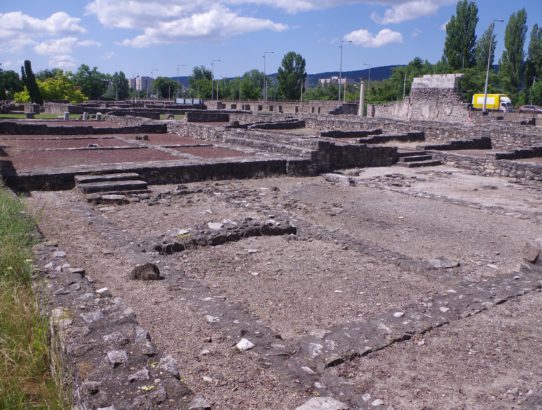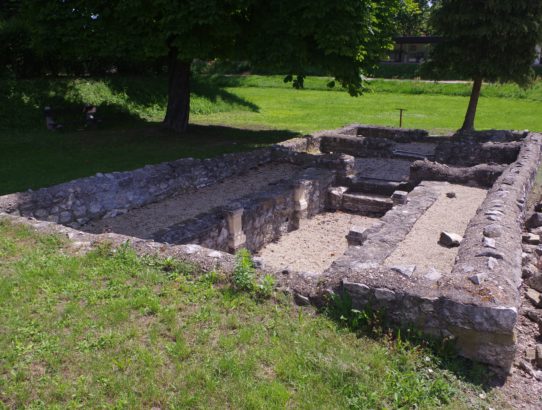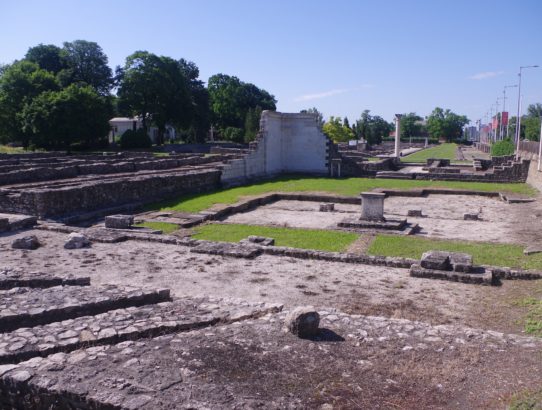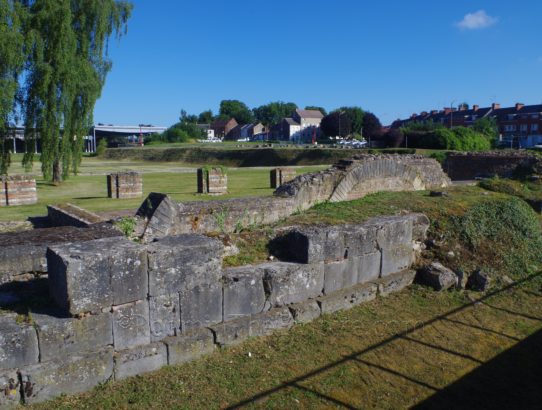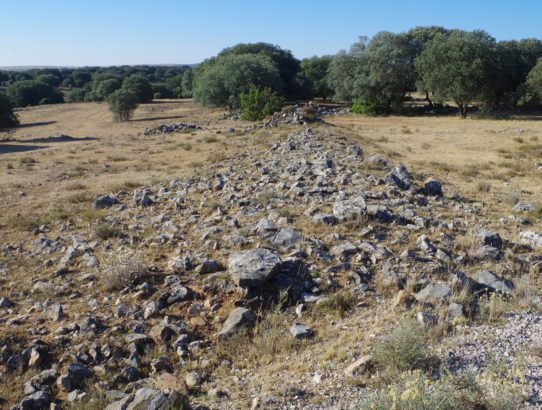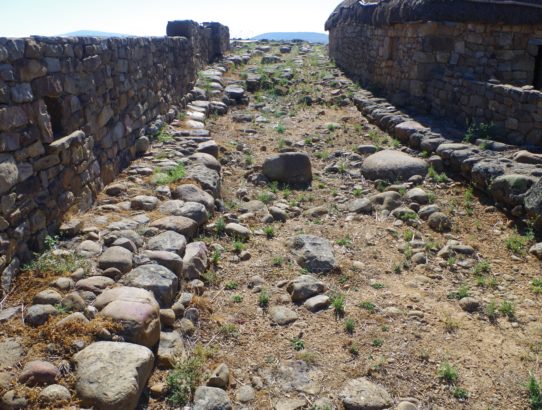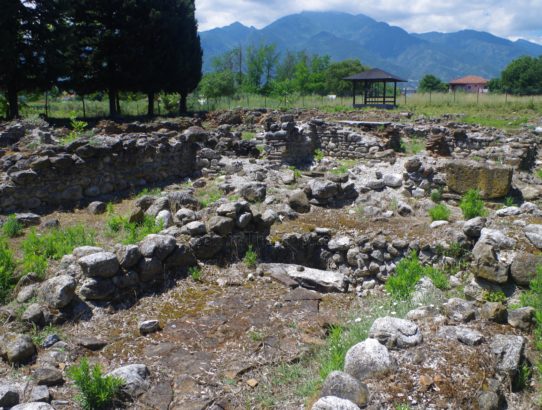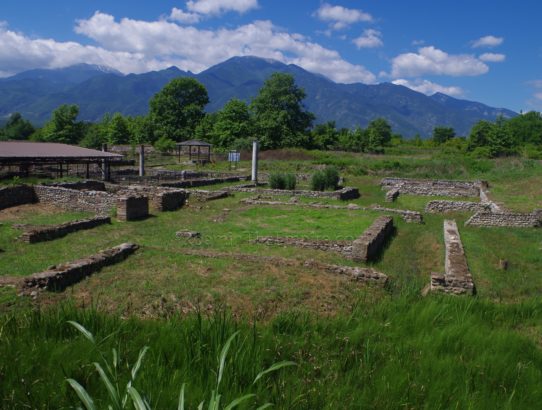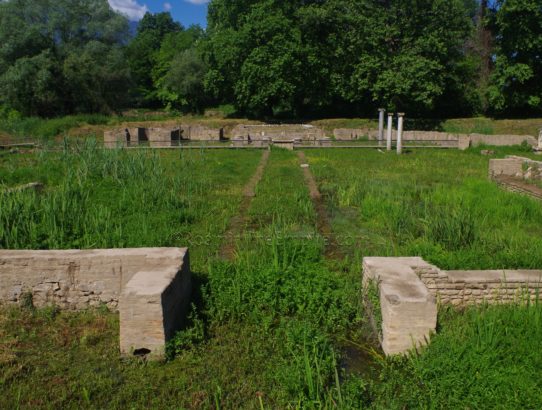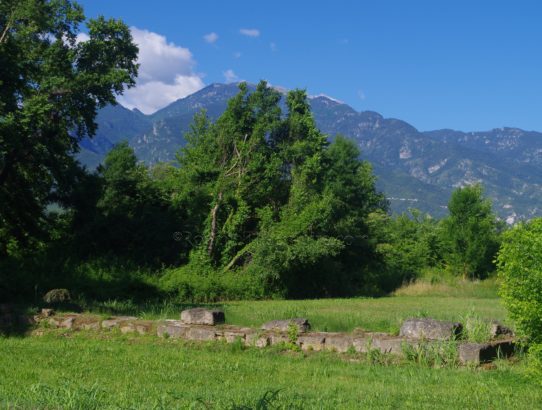Aquincum, Pannonia Inferior – Part III
Continued From Aquincum, Pannonia Inferior – Part II To the east of Aquincum’s macellum are two large private residences that face onto Street E. The first of the two narrow, but lengthy, houses is the so-called House of the Butcher. Initially constructed in the 2nd century CE, the building underwent a number of renovations and…
Read More


